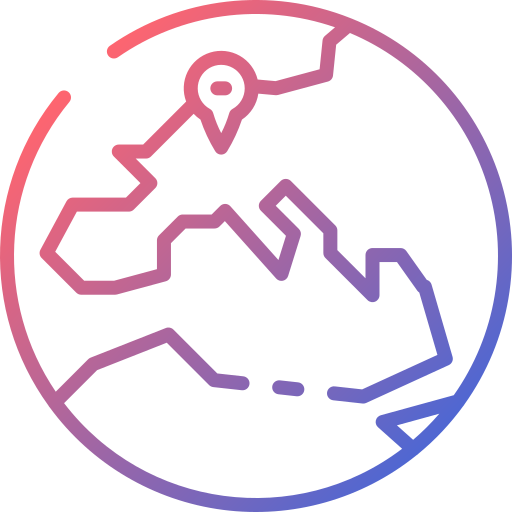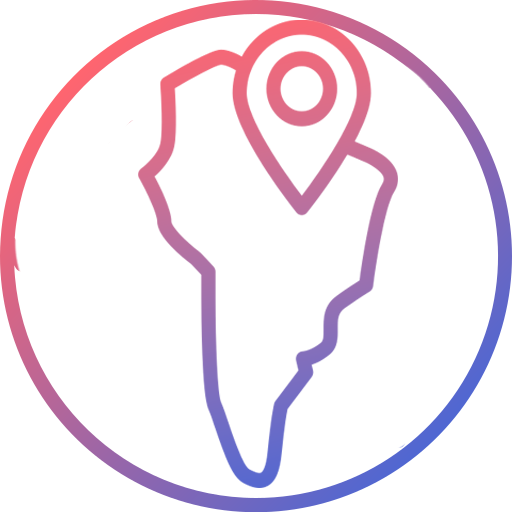Frequently Asked Questions
How to Optimize eSIM Settings for Data Efficiency in Countries with Limited Internet Access
Discover how to optimize your eSIM settings for efficient data usage while traveling in countries with limited internet access. Learn strategies to conserve data and ensure seamless connectivity throughout your trip.
Efficient data usage is crucial when traveling in countries with limited internet access. eSIMs provide flexibility and convenience, but optimizing your settings is essential to make the most of your data plan. With the right strategies, you can conserve data, avoid overages, and stay connected for essential tasks like navigation, communication, and work.
This guide offers practical tips to optimize your eSIM settings for data efficiency, ensuring reliable and cost-effective connectivity during your travels.
Why Optimize eSIM Settings for Data Efficiency?
- Conserve Data
- Reducing unnecessary data consumption extends your eSIM plan for the duration of your trip.
- Improve Connectivity
- Optimized settings prioritize essential apps and services, ensuring smooth performance even in low-connectivity areas.
- Save Costs
- Efficient data usage minimizes the need for additional top-ups or high-data plans.
- Enhance Travel Experience
- With seamless connectivity, you can focus on your trip instead of worrying about running out of data.
Steps to Optimize eSIM Settings
1. Enable Data-Saving Features
Activate built-in data-saving modes on your device to reduce background activity:
- On iPhone:
- Navigate to Settings > Cellular > Cellular Data Options > Low Data Mode.
- On Android:
- Go to Settings > Network & Internet > Data Saver and toggle it on.
2. Turn Off Background App Refresh
Prevent non-essential apps from consuming data in the background:
- On iPhone:
- Go to Settings > General > Background App Refresh and disable it for specific apps.
- On Android:
- Navigate to Settings > Apps > Data Usage > Restrict Background Data.
3. Limit Auto-Downloads and Updates
Stop automatic downloads and updates that consume significant data:
- App Updates:
- On iPhone: Settings > App Store > Automatic Downloads > Toggle Off for Updates.
- On Android: Google Play Store > Settings > Auto-Update Apps > Don’t Auto-Update Apps.
- Media Downloads in Messaging Apps:
- Adjust auto-download settings for apps like WhatsApp or Telegram.
4. Use Lightweight Apps
Switch to lightweight versions of commonly used apps designed to consume less data:
- Google Go: A lightweight browser for quick searches.
- YouTube Go: Allows streaming and downloading videos in low resolution.
- Facebook Lite: A simplified version of Facebook with reduced data usage.
5. Manually Select Networks
Switch to networks with better connectivity and efficiency:
- On iPhone:
- Go to Settings > Cellular > Network Selection and disable automatic selection.
- On Android:
- Navigate to Settings > Mobile Network > Network Operators and select a network manually.
Tips to Manage eSIM Data Usage
1. Monitor Data Consumption Regularly
Track your data usage to avoid exceeding plan limits:
- Use your phone’s settings or the eSIM provider’s app to monitor real-time usage.
- Set alerts to notify you when you reach certain thresholds.
2. Download Offline Resources in Advance
Prepare for limited internet access by downloading essential apps and files offline:
- Maps: Save offline maps using Google Maps or Maps.me.
- Travel Guides: Download itineraries and guides for offline access.
- Language Tools: Preload language packs on Google Translate.
3. Prioritize Essential Apps
Focus your data usage on critical services like navigation, messaging, and emergency apps.
4. Leverage Public Wi-Fi for High-Data Tasks
Connect to secure Wi-Fi networks for data-intensive activities:
- Use Wi-Fi for video calls, software updates, and file uploads.
- Protect your connection with a VPN to ensure data security.
Tools to Optimize eSIM Settings
- Data Monitoring Apps
- Apps like My Data Manager or GlassWire help track and control data usage.
- Offline Navigation Tools
- Google Maps and Maps.me enable reliable navigation without consuming mobile data.
- File Compression Tools
- Use apps like WinZip to compress large files before uploading.
- Streaming Optimization Apps
- YouTube Go and Netflix allow you to lower the quality of your streaming to conserve data.
Example Scenario: Optimizing eSIM Settings in Remote Mongolia
Scenario:
A traveler exploring Mongolia’s remote regions relies on their eSIM for navigation and communication.
Steps Taken:
- Activates low data mode on their phone to restrict background activity.
- Downloads offline maps and guides before departure to reduce mobile data usage.
- Limits streaming quality and media downloads in messaging apps like WhatsApp.
- Monitors daily data consumption using their eSIM provider’s app to avoid overages.
Outcome:
The traveler maintains seamless connectivity throughout the trip while staying within their eSIM plan’s limits.
Why Choose Unoroam for Efficient eSIM Usage?
Unoroam offers flexible eSIM plans and tools to help you optimize data usage. Explore our widget below to find plans designed for efficient connectivity, ensuring a hassle-free travel experience.
Create new eSIM
Popular Destinations

Europe
Switzerland
